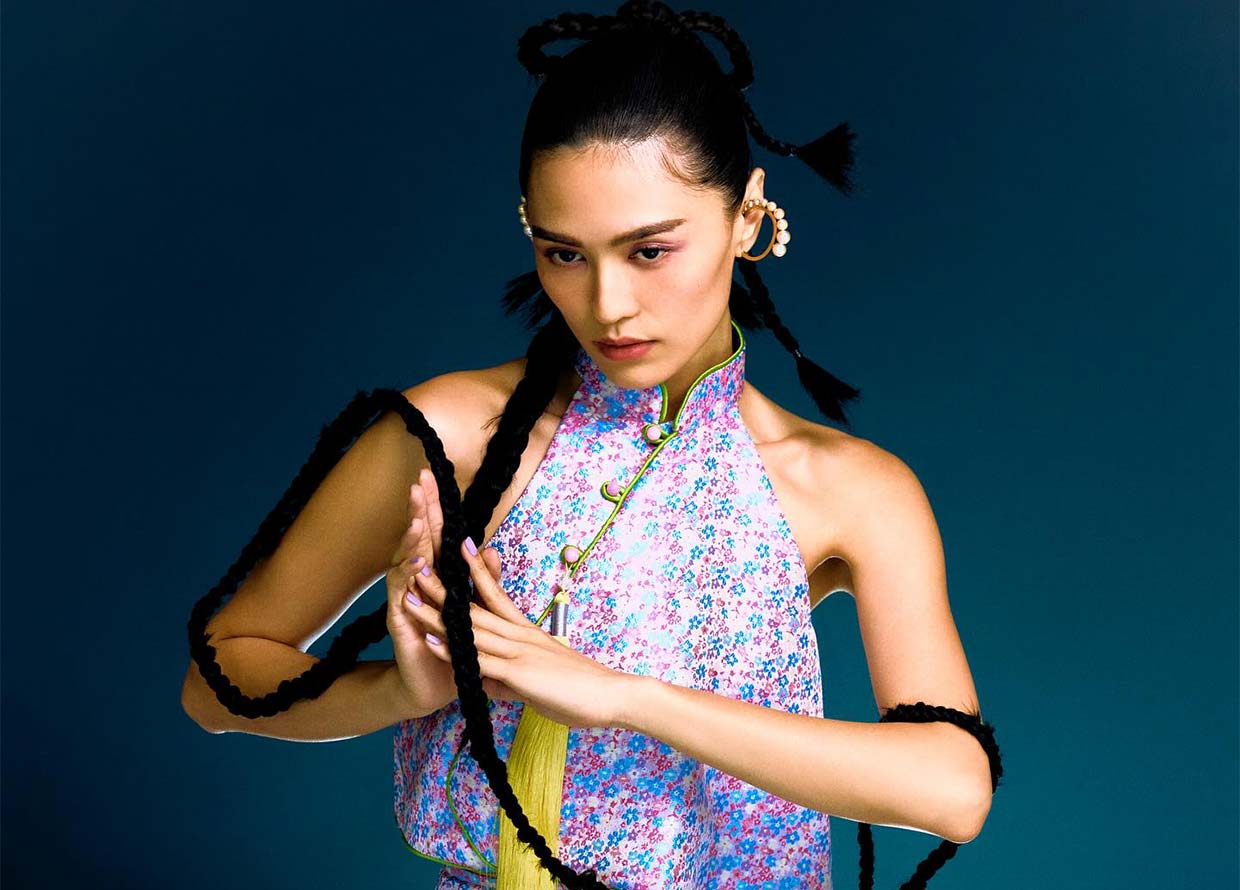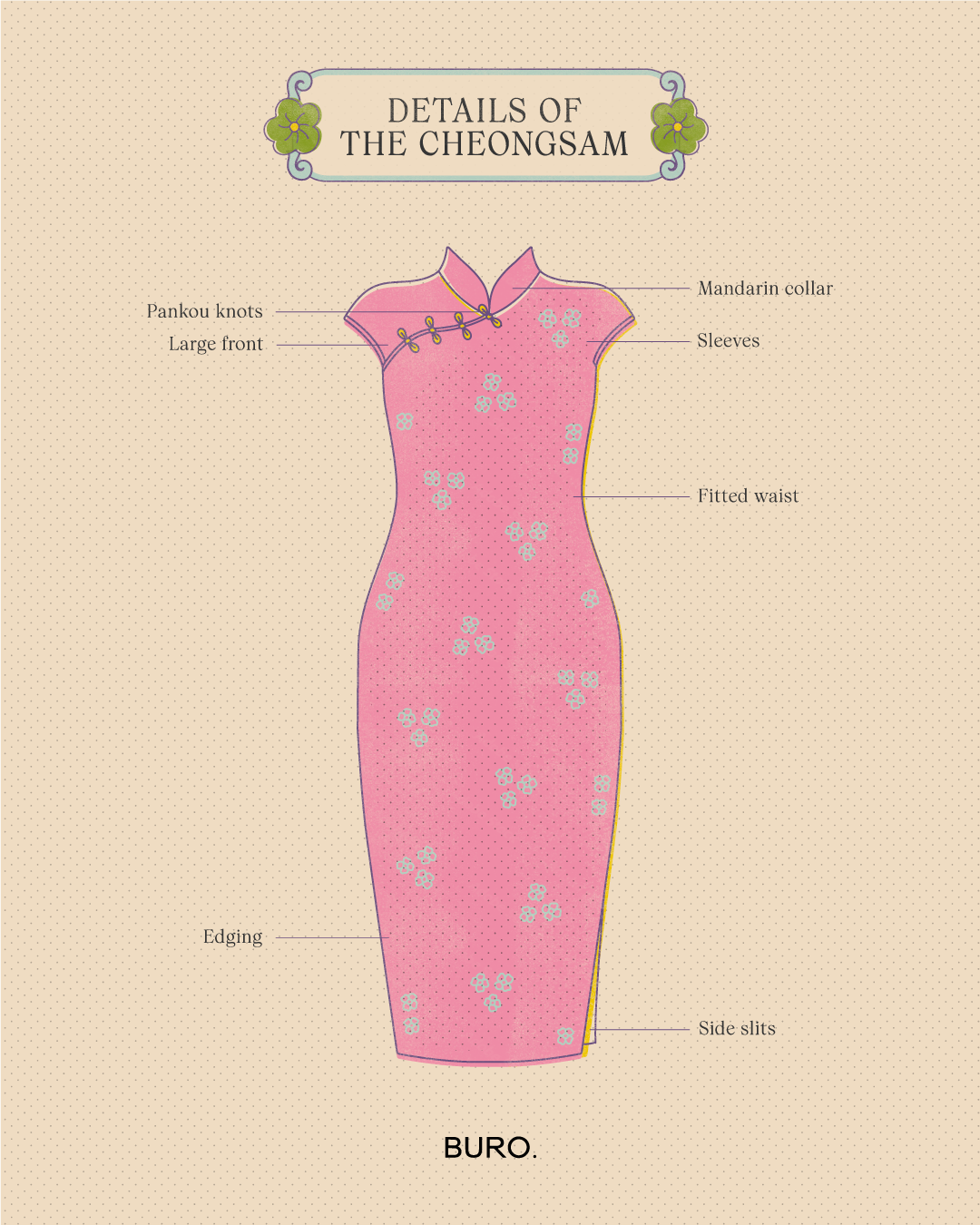Cheongsam 101: A cheat sheet to the history and design behind the traditional attire
An oriental masterpiece

Malaysia is a multicultural country that boasts a uniquely vibrant tradition and heritage. When talking about traditions, beautiful traditional attire is definitely one of the first things that comes to mind. In conjunction with the Lunar New Year, we look back and explore the story behind one of the traditional ensembles that we have in our country—the Cheongsam.
As fellow Malaysians, we all know that the Cheongsam is a dress worn by Chinese women during festivities and special occasions, but do you really understand its roots? To deepen your knowledge of this beautiful piece of traditional clothing, we’ve tracked back to its origin to learn all there is to know about the Cheongsam.
For a quick cheat sheet, scroll down to read more:

Looking back at its origins
Cheongsam is one of the classic representations of Chinese attire, created during the transition from ancient times to the modern. Traditionally known as the qipao in Mandarin, it’s no surprise that the garment originated in China. But did you know that it was first introduced in the 17th century during the Manchu rule?
The word qipao translates to banner gown, signifying its one-piece style dress. The original style was loose and A-lined, with long, full sleeves and was worn among high nobles in court. Its silhouette was a lot more modest than the cheongsam we’re used to seeing. The modern-fitted cheongsam we see today was first popularised by celebrities and socialites in Shanghai as early as the 1920s—possibly inspired by the roaring ’20s movement and flapper dresses.
Learning the categories…

This traditional Chinese garment spread throughout all regions of China, and eventually, some continents designed variations of the dress with their own twist. Therefore, two types of Cheongsams were created, namely the Shanghai-style and Beijing-style Cheongsams.
The Shanghai style is considered to be the most classic and well-known category. This category features a closely fitted cutting with narrow piping towards the bottom that helps accentuate the figure of wearers. Women often pair these dresses with a fur coat and high heels, exuding a sexy, extravagant, yet elegant aura.
On the other hand, Beijing-style Cheongsams are designed more conservatively and typically handmade. This style has a straight or A-line silhouette that’s designed for women who like more reserved fittings that flatten the curves on the body. The dresses are embellished with hand embroidery and beads that elevate and give personality to each piece. It’s a category that gives a stunning yet dignified image to wearers.
Exploring the details…

What’s most interesting to learn about the cheongsam is the amount of detail that goes into designing the garment. The buttons that are found at the base of the Mandarin collar are known as the pankou and consist of three main types: straight, simple floral and elaborate. The first being the most commonly found, and the latter two as decorative ornaments.
Another thing to look out for in a cheongsam is the prints. The Chinese phoenix, also known as the fenghuang, represents the union of a male and female and is often found in wedding cheongsams. Two cranes are a popular sight and symbolise double happiness. Finally, the dragon, a popular design this year, serves as a metaphor for power, strength and good luck.
For more fashion reads, click here.
| SHARE THE STORY | |
| Explore More |



